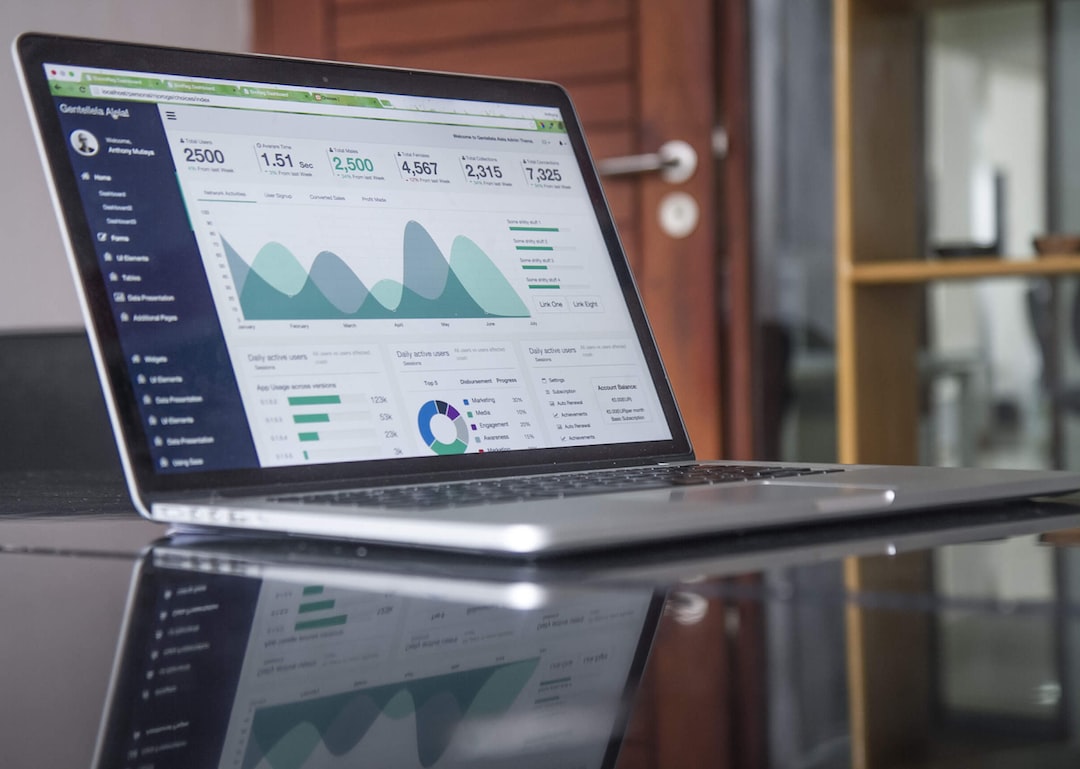How to navigate the world of online banking safely
Online banking has become increasingly popular and convenient, allowing us to manage our finances from the comfort of our own homes. However, with the rise in cybercrime, it is essential to navigate the world of online banking safely. Here are some tips to help you protect your information and ensure a secure banking experience.
1. Choose a reputable bank: Start by selecting a well-established bank with a strong online presence. Research their security measures and ensure they use encryption protocols to protect your personal and financial data.
2. Strong and unique passwords: Create strong, complex passwords for your online banking accounts. Avoid using common words or predictable combinations. Your password should include a mix of upper and lowercase letters, numbers, and special characters. Avoid using the same password for multiple accounts, especially your email, as this can be a gateway for hackers.
3. Two-factor authentication: Enable two-factor authentication (2FA) whenever possible. This adds an extra layer of security by requiring a second verification step, such as a unique code sent to your mobile device, in addition to your password. This ensures only you can access your account even if your password is compromised.
4. Keep software up to date: Regularly update your computer or mobile device’s operating system as well as banking apps. These updates often include security patches, keeping your devices protected against the latest threats.
5. Secure network connections: Avoid using public Wi-Fi networks or unsecured connections when accessing your online banking. Hackers can intercept your data on these networks. Instead, utilize secure Wi-Fi networks or consider using a virtual private network (VPN) for added protection.
6. Beware of phishing: Be cautious of unsolicited emails, text messages, or calls claiming to be from your bank. These may be phishing attempts aimed at obtaining your login credentials or personal information. Always verify the source by contacting your bank directly before providing any sensitive details.
7. Use secure websites: Ensure that the bank’s website uses a secure connection. Look for “https” at the beginning of the URL, along with a padlock icon in the address bar. This indicates that your communication with the website is encrypted, making it more challenging for hackers to intercept your data.
8. Regularly review your accounts: Frequently monitor your accounts for any unusual activity. Set up account alerts to receive notifications for large transactions or any changes made to your account. Report any suspicious transactions or discrepancies to your bank immediately.
9. Be cautious of third-party apps: While there are many helpful banking apps available, be cautious when granting access to your bank account. Only use reputable apps and carefully review their permissions before authorizing access to your account information.
10. Educate yourself: Stay informed about the latest online security threats and techniques used by hackers. Regularly review your bank’s security policies and familiarize yourself with their recommended best practices.
By following these tips, you can navigate the world of online banking safely and minimize the risk of falling victim to cybercrime. Although technology may evolve, ensuring the security of your finances should always remain a top priority. Stay vigilant, adopt safe online practices, and enjoy the convenience that online banking offers.
